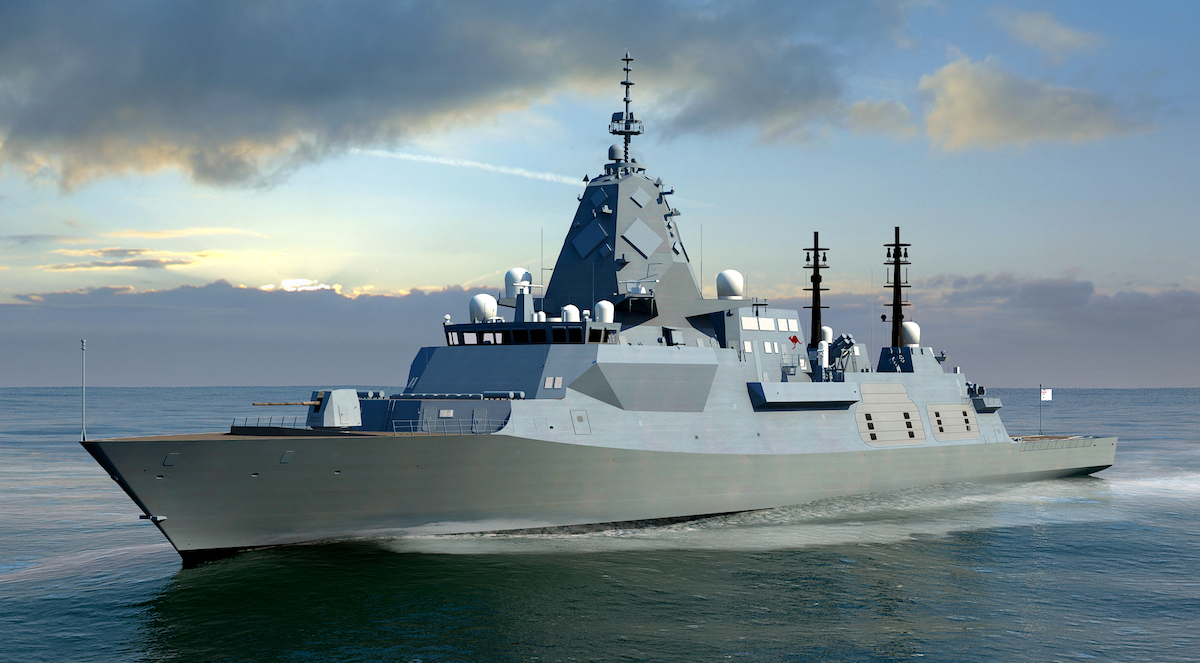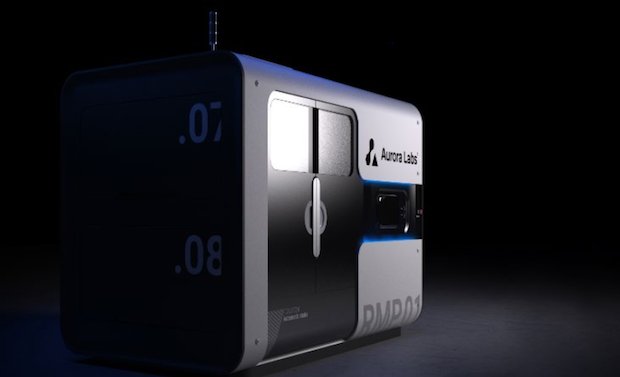Australian metal 3D printer manufacturer Aurora Labs has entered into a partnership with Australian defense contractor BAE Systems Maritime Australia to test its 3D metal printing technology for the production of stainless steel maritime components.
The company has been identified as a possible provider of powder bed fusion (PBF) technology to BAE Systems’ Hunter Class Frigate Program (HCFP). A such, the firm will be trialing the 3D printing of components for the Australian Navy’s frigates and evaluating their commercial potential.
“We are very pleased to be offered the chance to perform test printing for the Hunter Class Frigate Program,” said Peter Snowsill, CEO of Aurora Labs. “Technical validation of this kind is crucial to our commercialization strategy and allows us to develop and position our technology to satisfy customer specifications.”

Aurora Labs’ 3D printing technology
Aurora Labs’ metal 3D printing technology combines direct metal laser sintering (DMLS) and direct metal laser melting (DMLM) processes.
At the beginning of 2018, Aurora Labs announced plans to introduce a large-format metal 3D printer capable of manufacturing parts up to a size of 1.5 x 1.5 x 2.5 meters at a rate 100 times faster than existing systems. Soon after, the company sought to further the development of its Large Format Technology (LFT) by raising AU$8 million, and later that year revealed the first successful test of its LFT for 3D printing complex components at high speeds.
In 2019, Aurora Labs raised AU$5 million in funding to develop its LFT Rapid Manufacturing Technology (RMT), which was initially proven to produce parts at 55 times the market standard. The technology has been integrated into the company’s RMP1 3D printer, which commenced live beta testing in May 2019, and has since increased its metal 3D printing speed by 2000 percent.

Testing metal 3D printing for maritime components
Aurora’s partnership with BAE Systems is an important step in the firm’s efforts to commercialize its novel 3D metal printing technology.
BAE Systems is charged with the design and build of nine frigates – a specific type of warship – for the Australian Navy’s HCFP, which is reportedly the largest surface ship project in the history of Australia’s defense force. The frigates will support the Navy’s anti-submarine warfare and air defense operations around the world.
BAE has reportedly been developing additive manufacturing technology for two decades, having entered into partnerships with the likes of 3D printer manufacturers Renishaw and Stratasys to leverage the benefits of the technology for defense applications. Now, BAE Systems Maritime Australia’s Research and Technology group is looking to investigate the potential of large-scale metal 3D printing for future adoption, and has identified Aurora Labs as a prospective supplier of PBF technology for the HCFP.
The two partners have agreed to initial investigative test printing as part of the HCFP’s efforts to identify and evaluate locally available 3D printing processes and their benefits. The component selected for testing is currently produced via conventional manufacturing techniques, and Aurora Labs is tasked with reviewing the part’s design and how it could be optimized using PBF 3D printing.
Aiming to prove the technical and commercial viability of its 3D printing technology during the HCFP project, Aurora Labs will produce 3D printed stainless steel components designed for servicing the build of nine future frigates for the Australian Navy.

The Australian Navy’s 3D printing adoption
3D printing is proving to be a valuable means of remote, on-demand part supply and maintenance for armed forces across the globe. The Australian defense sector is no different, with its Navy having previously delivered weekly workshops to train its engineers in CAD and 3D printing in a bid to improve its part supply chain.
The Navy has also previously selected Australian metal 3D printer manufacturer SPEE3D, alongside the Advanced Manufacturing Alliance (AMA) and Charles Darwin University, for a project to streamline the maintenance of its patrol vessels. SPEE3D’s metal cold spray 3D printing technology was trialed for its ability to significantly increase part supply to the Navy compared to components available from its regular supply chain.
In September last year, Adelaide-based start-up AML3D teamed up with global shipbuilder Austal to update current lifting devices onboard the Navy’s commercial and defense naval vessels by means of additive manufacturing. The companies will seek to 3D print lifting devices that are lighter, ergonomically friendly, and possess enhanced load-bearing capabilities.
Nominations for the 2021 3D Printing Industry Awards are now open, have your say who is leading the industry now.
Subscribe to the 3D Printing Industry newsletter for the latest news in additive manufacturing. You can also stay connected by following us on Twitter and liking us on Facebook.
Looking for a career in additive manufacturing? Visit 3D Printing Jobs for a selection of roles in the industry.
Subscribe to our YouTube channel for the latest 3D printing video shorts, reviews and webinar replays.
Featured image shows BAE Systems has been selected as the preferred tenderer with the Global Combat Ship – Australia for the Navy’s future frigate capability. Photo via Royal Australian Navy.


